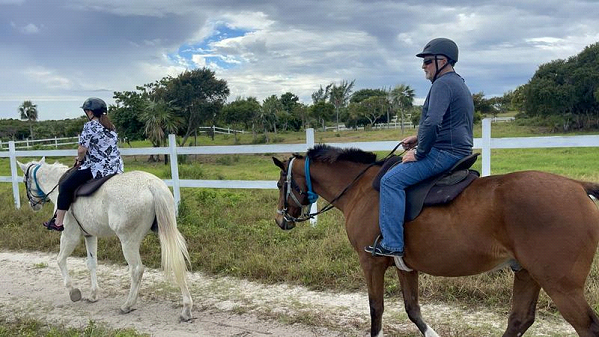Travelling a horse can be difficult for first time owners. Naturally, every owner has to go through this process at some stage, so it’s good to know that once you get the hang of it any fears you have will begin to subside! With this in mind, there are multiple tips you can use to ensure their safe travel, and we’re going to take a look at them below:
Make them familiar with the process
Just as you need to get accustomed with this process, your horse also needs to become familiar with travelling, too! Enlisting the best horse float manufacturers Australia has and helping them become accustomed to the process of entering/exiting the float is the first step to safe transport.
Ensure they are hydrated
Ensure that they have drank plenty of water before the trip, as long journeys in the Australian weather can be bad if they are dehydrated.
Check your trailer
It’s always a good idea to conduct a routine inspection of your trailer, checking that nothing is sticking out that could harm them and that the tyre pressure is adequate etc.
Avoid travel if they are sick
The last thing they should be doing if they are sick is being transported across a long distance. If they are unwell then be sure to keep them at home – it’s simply not worth the risk!
Do they have enough space?
Always check that they have enough space in their float. They should have plenty of room to move as being stuck in the same position for hours can cause a variety of health problems. You should place hay nets as low as possible whilst ensuring they cannot get their feet entangled in the net.
Boots & rugs
You should only place bandages and travel boots on them if they are used to them. They can be quite unpleasant for a young horse that isn’t used to wearing them!
Make sure the float is aerated
The trailer should be well-ventilated. Their respiratory system can be greatly troubled in a hot trailer, so ensure it is well-ventilated and that they can breathe fresh air.
Take a break on journeys
You should only drive up to 12 hours at a time, ensuring they have the opportunity to rehydrate and receive tracheal clearance before travelling again.
Keep plenty of water available
Ensure that you rehydrate them every three to four hours on a hot day and at least four to six hours on a milder day.
Clean their feed
They should have access to a clean feed through the journey, so be sure to clean it before the journey!
Clean the float, too
The float should stay clean during the journey, too, so be sure to clean it out every few hours of the journey.
They might lose weight
Don’t be shocked if they lose some weight on the journey – this is normal.
Let them recover
You should allow them a rest day on especially long trips, so be prepared to add some extra time to your journey if you are going from, say, Melbourne to Perth.
Monitor their health
You should take a rectal temperature reading every day at the same time in the lead up to the journey. Also, look out for signs of depression or avoiding food and water, as these are also indicators that they are not fit for travel.
Keep a first aid kit
Be sure that you have a fully-equipped first aid kit on-hand and the number of any local vets that might need to assist you on a long journey.
You may also like
-
Everest Base Camp Trekking, High Pass Challenge, and Helicopter Return Combo
-
The Most Beautiful Villages to Visit in a Day in Sicily
-
A Dance Of Wind, Snow, And Soul: Annapurna Circuit, 7 Days Annapurna Base Camp, 5 Days Langtang, Nar Phu Valley
-
Ways You Can Make Group Travel Feel Like First Class on Wheels
-
Adventure Gear Essentials For Outdoor Explorers

